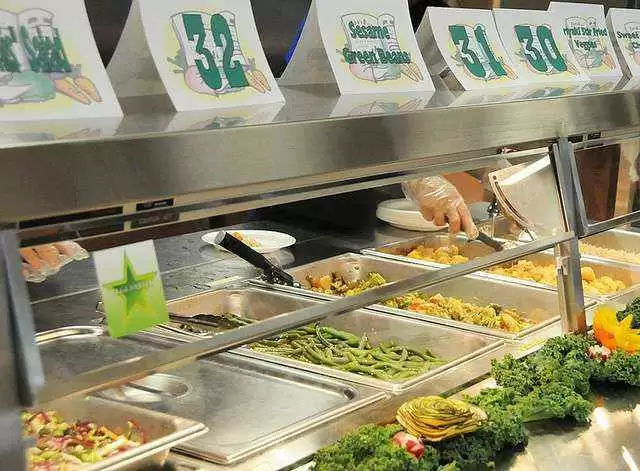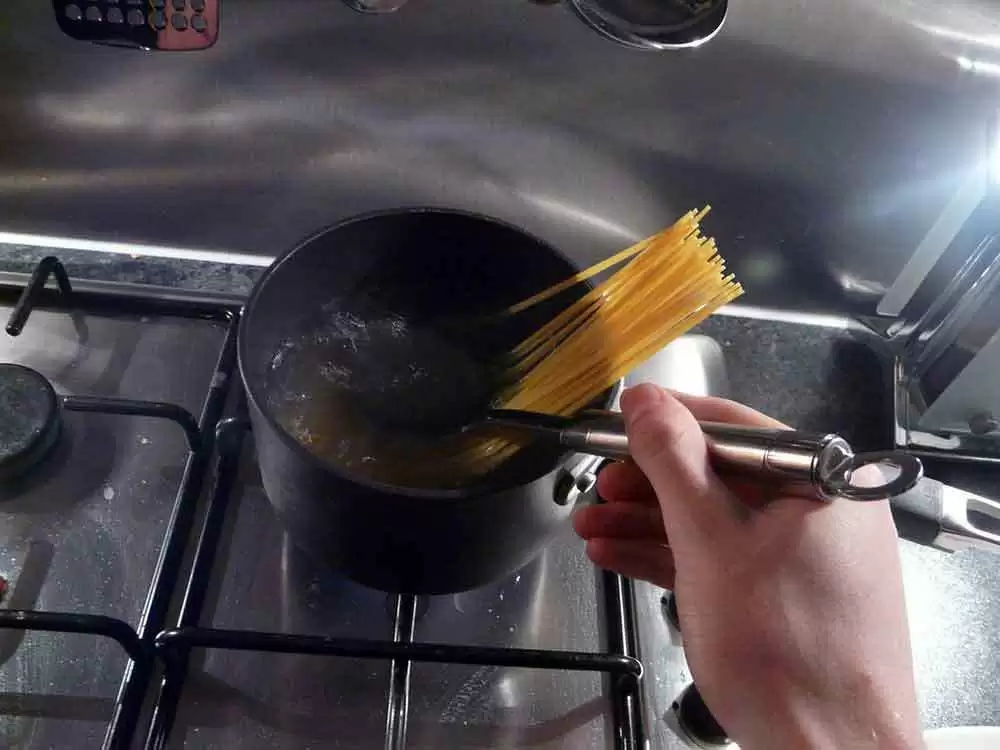
Celiac.com 01/22/2020 - School projects are as time-honored as school itself. It's not hard to imagine Picasso's children coming home with cubist macaroni portraits of their dad, or Napoleon's progeny crafting cute paper mâché rescue boats.
But what to do when your child has celiac disease or some other gluten sensitivity, and those seemingly harmless school projects include direct contact with gluten or wheat flour? Should you worry? Do you need to supply or advocate gluten-free alternatives?
Celiac.com Sponsor (A12):
Certainly going the extra mile to ensure your kid has gluten-free alternatives is an option. You can always bring this to the attention of teachers and administrators and push for gluten-free alternatives. But what if you can't or that's just not an option? What then? Well, hopefully this quick breakdown will help you manage the risk and reward of school activities that involve gluten.
Top Five Sources of Gluten Contamination in Children's School Activities
Baking Project
What's not to love about kids learning the basics pizza and cookies in a classroom baking project? Well, if your child has celiac disease, or is gluten-free for another medical reason, then you may cause for concern. That's because a recent study showed that the common school baking project is a potential source of major gluten contamination for kids. The old baking project was among the top three most likely sources for gluten exposure at school.
Paper Mâché
For children with celiac disease, or other medical sensitivities to gluten-free, making paper mâché creations with traditional white flour and water paste is potentially a great way to get gluten all over the place. A recent study showed that the common school paper mâché project is a potential source of major gluten contamination for kids. The good news it that the same study showed that simply washing hands afterward with soap and water was effective for removing gluten, however for super sensitive people, including those with dermatitis herpetiformis, more steps could be necessary to protect themselves from the gluten exposure.
Wet Pasta
What's more fun than playing with wet pasta in a sensory table? For children with celiac disease, there's a high risk for getting gluten on their hands at levels above 20ppm. Now, since the gluten is still outside the body, a simple wash with soap and water will make things right again (again, super sensitive people, including those with dermatitis herpetiformis, may need to do more to protect themselves from the gluten exposure).
Play-Doh
Anyone who's ever read the ingredients realizes that Play-Doh contains wheat flour. That's a concern for many parents with celiac kids. The good news for parents is that a recent study showed that making things with Play-Doh resulted in few gluten transfers to gluten-free bread above 20 ppm (again, super sensitive people, including those with dermatitis herpetiformis, may need to do more to protect themselves from the gluten exposure).
Dry Pasta
What's cuter than a crazy macaroni portrait of mom or dad on a paper plate? Like Play-Doh, dry pasta resulted in few gluten transfers to gluten-free bread above 20 ppm. That means that it's less likely to be a problem, but still a potential source of worry.
The team found that paper mâché, cooked pasta in sensory tables, and the baking project all resulted in gluten transfer significantly higher than the 20 ppm threshold set by Codex Alimentarius Commission.
The take away here is that the top three school activities for gluten contamination, paper mâché wet pasta and the baking project are all likely to result in gluten levels well over 20ppm on the kids' hands.
The two safer activities, dry pasta and Play-Doh were still a potential risk, but a much lower one.
The good news is that the data show that in every case, washing hands with soap and water were effective for removing gluten from hands.
So, stay vigilant, and teach your kids about the importance of washing hands with soap and water. As mentioned, super sensitive people, including those with dermatitis herpetiformis, may need to take more steps to protect them from the gluten exposure.
Learn more about the study and the exact risk levels for various activities.










Recommended Comments
There are no comments to display.
Create an account or sign in to comment
You need to be a member in order to leave a comment
Create an account
Sign up for a new account in our community. It's easy!
Register a new accountSign in
Already have an account? Sign in here.
Sign In Now